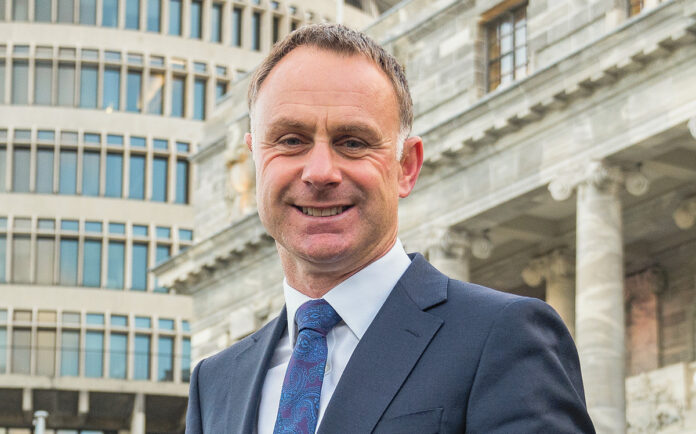Grey Power has written to the Minister of Energy, Simon Watts, regarding significant energy price increases worrying our members. Concerns are outlined here.
Energy prices have jumped since the Commerce Commission allowed gas and power distribution companies to earn more money and hike prices from April 1, 2025.
Bills are also rising because of low-user daily charges being phased out as well as steeper wholesale prices for power and gas thus creating a triple whammy for bill payers.
Different lines charges in each region means bill increases are not uniform across the country. However, after retailers Flick and Nova both notified substantial price increases, one Wellington Grey Power member’s energy bill was set to increase by $47.12 a month or $570 a year.
This is a 16 percent increase, at a time when inflation is only 2.2 percent!
Subsequently, Grey Power wrote to Energy Minister, Simon Watts, emphasising that Grey Power members could not afford a 16 percent increase in their annual energy bills.
The Wellington member mentioned above, and whose household includes his wife and an unemployed son, said he received notification of the April 1 price adjustments from Nova and Flick on February 26, 2025.
He said Flick credited the adjustment to larger-than-usual increases in transmission and distribution costs saying this would allow for much-needed increased investment in Aotearoa’s electricity network.
“Along with this, the electricity generation component of your price has also increased, as power prices on the electricity market (which is where we buy your power from) have generally remained high over the last few years,” Flick said in its email to our member.
Gas retailer, Nova, advised that when setting prices it took into consideration all components which make up energy supply.
“These include the cost of the energy you use, third party transmission, distribution and metering company charges, our service costs, and other regulatory costs,” Nova wrote.
“Many of these costs have changed since we last reviewed them so, we have decided to change our pricing at this time.”
Grey Power told the Minister that increases would unfairly impact members in smaller households who qualified for the low daily fixed charge, which is being gradually phased out. Charges now rise from 30 cents a day to as much as $2 a day.
We advised that members were also more exposed to increases because they tended to be home more often and on fixed incomes which were not rising 16 percent a year.
The Grey Power letter reminded the Minister that the $6 billion in extra revenues that the Commerce Commission has allocated to distribution companies and Transpower in the next five years, though paid partly by Grey Power members, are more to benefit future generations.
It will be for future generations because power consumption is not increasing. Net generation was just under 44 giga Watt hours (GWh) in 2024, roughly the same annual amount for the past 20 years.
Grey Power wrote: “We were told by Transpower in 2018 that power consumption would increase by 42 percent by 2030 and more than double by 2050, but so far there’s been no change. Grey Power, therefore, concludes that industry forecasts have over-estimated demand growth and under-estimated the impact of higher prices dulling future demand.
“We, therefore, conclude that higher prices to pay for substantial investment are, at best, questionable and, at worst, unjustified,” the letter said.
“Given there has been no increase in electricity demand, it’s unfair that Grey Power members are having to pay higher bills for network investment which will not benefit them.”



